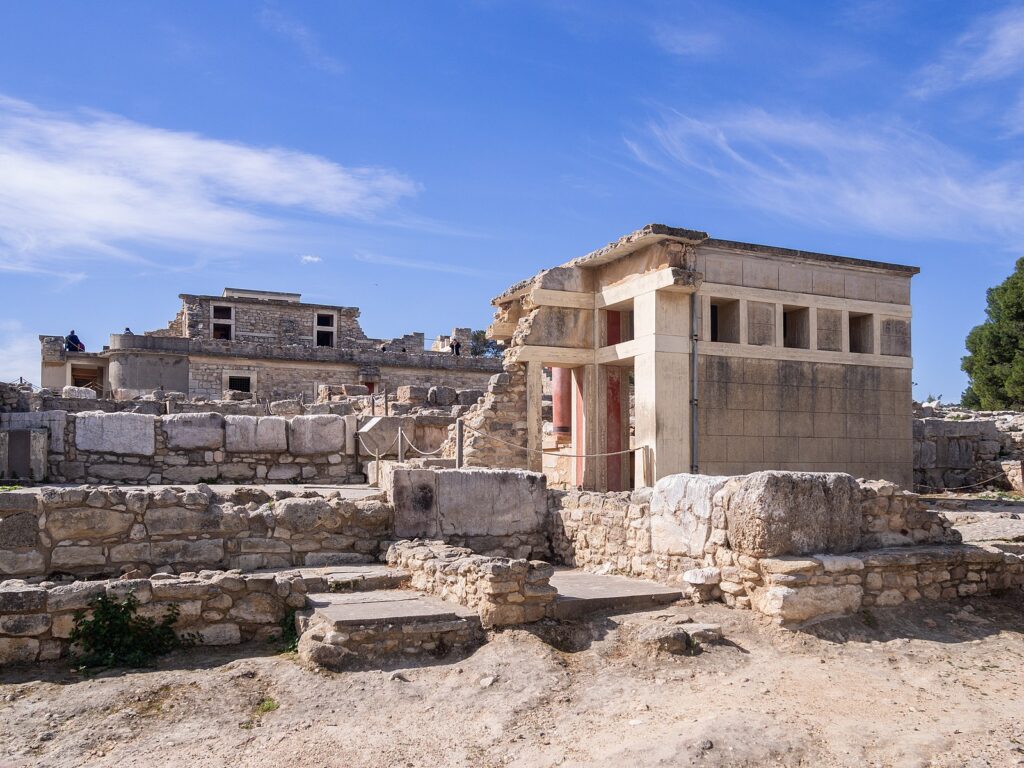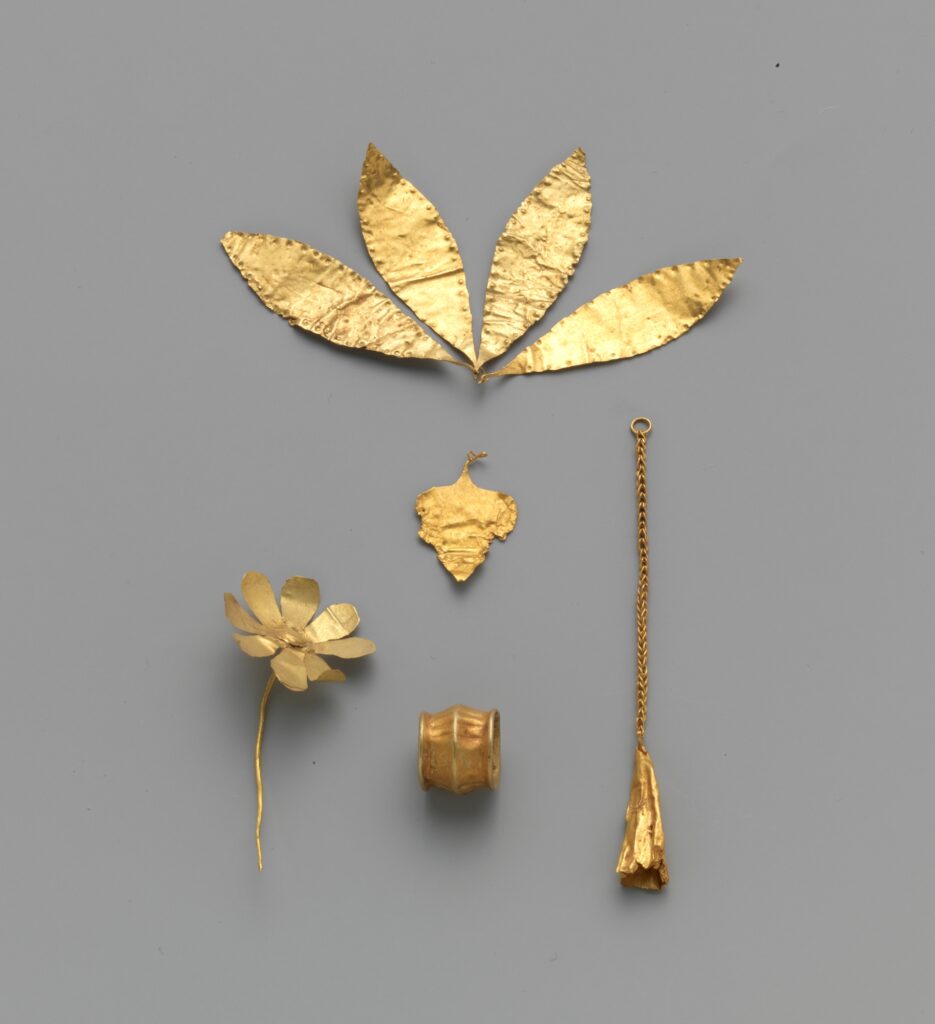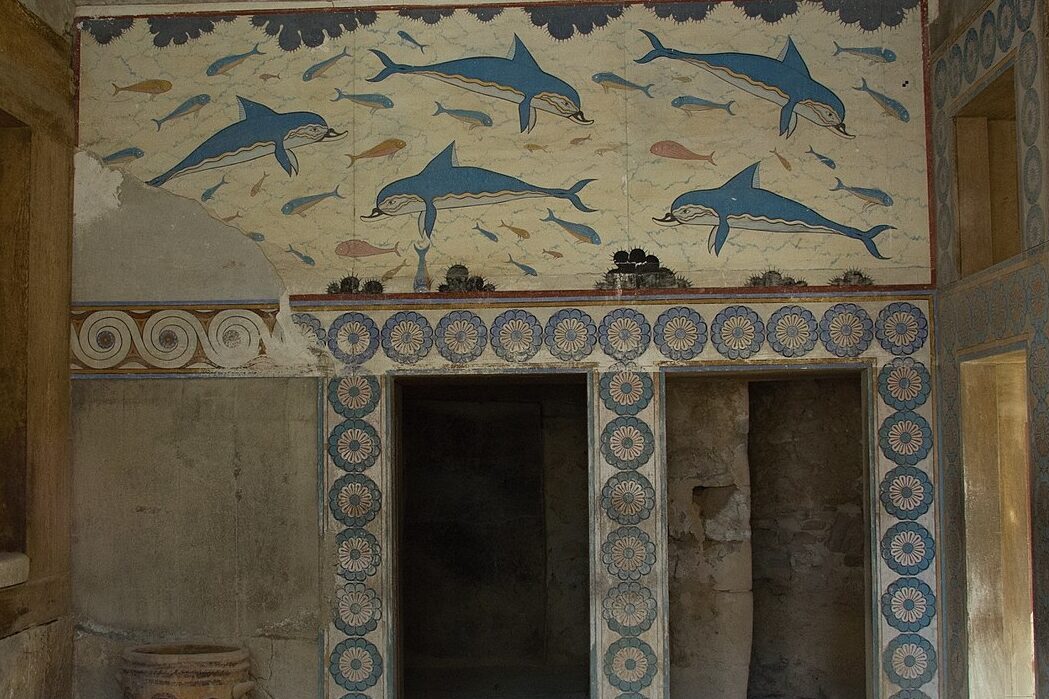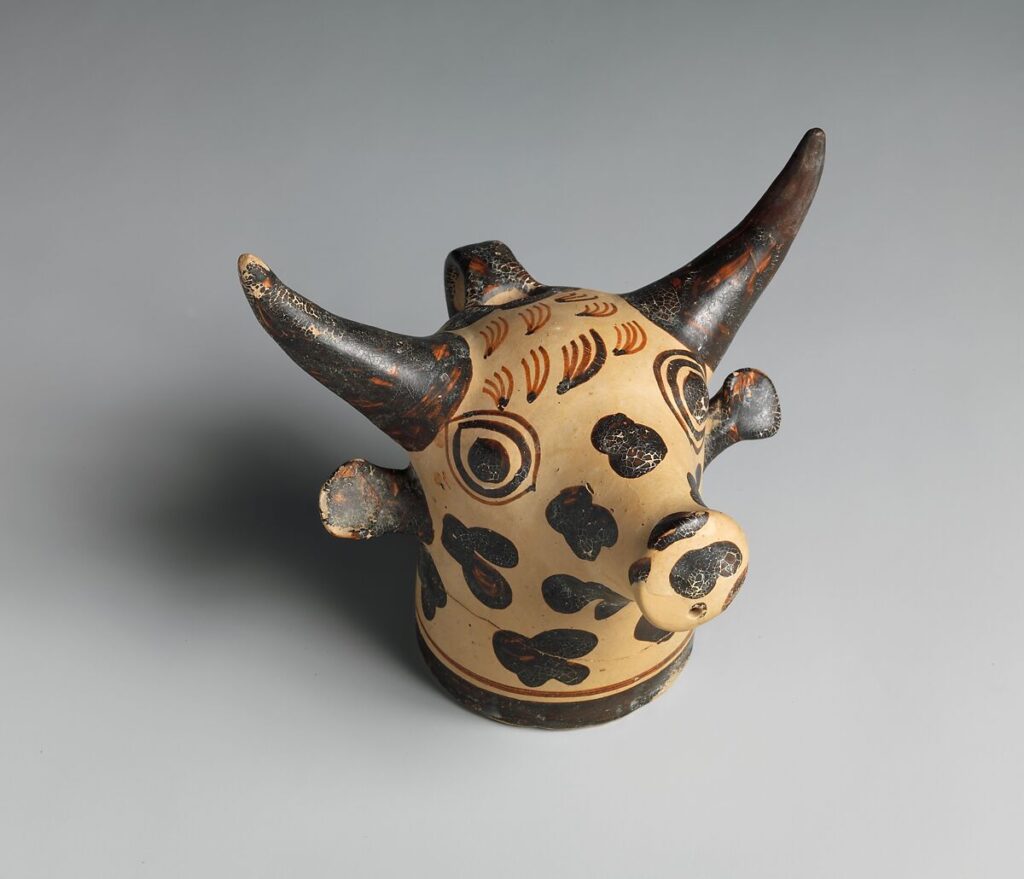
The island of Crete is the birthplace of millennia of mythology. As the stepping stone between Africa and Europe, European civilization began on the narrow island, both literally and mythologically. According to legend, the first inhabitants on the island sprang from Zeus’ coupling with Europa, who gave the continent her name. Looking to the archaeological record, it was long believed the island saw its first human inhabitants around 8,000 years ago (c. 6000 B.C.E); however, that date was pushed back in 2012 to at least 130,000 years before present when the stone tools of some particularly ambitious Paleolithic sailors were uncovered. Even more recently, in 2021, a rather controversial study was published claiming to have dated a set of footprints found on the island to a staggering 6.05 million years old. If correct, this would throw into question our entire previously established timeline of pre-human ancestors leaving Africa.

When those ancient seafarers—whoever they might have been—first dug their toes into the island’s white sand, they could not have imagined the splendor that would eventually follow in their wake. The legendary cities that Crete’s mythical heroes and monarchs were said to inhabit began to emerge in the Early Minoan Period (2600-2000 BCE). By the Middle Minoan Period (2000-1700 BCE) sprawling palatial complexes had sprung up in Knossos, Phaestos, and Malia as the island’s wealth and trade connections grew.1 Fed by the bounty of the Aegean Sea, a vibrant and distinct culture thrived in Minoan Crete; one of massive architectural feats, colorful displays of public art, luxury consumer goods, and highly complex and varied religious activity. After centuries of prosperity and relative peace, the island was overtaken by the Mycenaeans of mainland Greece around 1500 BCE. A combination of warfare and natural disasters lead to the wide scale destruction of the Minoan civilizations by 1450 BCE, though all was not lost.2

Many of the legendary cities were rebuilt and inhabited by their Mycenaean inheritors. Knossos especially remained an important hub of trade and cultural export throughout the Classical and Hellenistic periods, and on into the Roman Era, when it was conquered in 69 BCE.3 With such an ancient and storied history, it’s no wonder that the rocky shores and labyrinthine palaces of Crete made such a convincing setting for the stuff of legends: witch queens and treacherous kings, horrifying monsters and clever princesses, romance and tragedy and all the drama you could possibly fit into one thin strip of land in the wine dark sea.

Crete also acts as a fascinating example of how the mythology of a region tangles together and interconnects to form a complex web, or cycle, that is molded across time and place; shifting and expanding to suit the culture that inherits it, but still maintaining its core. A cycle of myths is much like the labyrinthine ruins of Knossos; passed over and over from the hands of one culture to another, all endless twisting offshoots and weird turns and dead ends, somehow leading you towards something ancient and only half-familiar hidden at its center.
This is the first in a series of articles attempting to unravel the threads of Cretan mythology. Tomorrow, we will begin with the legendary King and Queen, and end the week on Greece’s most famous tale of hubris. By tracing the sources of these stories, we will uncover themes and motifs that persist through centuries of literature, and gain insight into the purpose and power these enduring myths held through antiquity. We’ll complete our journey through Crete’s history with two modern poems written by OWU students who are still finding fresh inspiration in the ancient.
- Ziolkowski, Theodore. “Crete in History and Myth.” ↩︎
- Hemingway, Colette, and Seán Hemingway. “Minoan Crete.” In Heilbrunn Timeline of Art History. New York: The Metropolitan Museum of Art, 2000–. http://www.metmuseum.org/toah/hd/mino/hd_mino.htm (October 2002) ↩︎
- Shapland, A. (2023). Myths of the Labyrinth. Ashmolean Museum. https://www.ashmolean.org/article/myths-of-the-labyrinth ↩︎
Featured Image: Sunrise in Crete photograph by Ciorophotoproject and licensed under the Creative Commons Attribution-Share Alike 4.0 International license.
Images: Photograph of ruins at Knossos by C. Messier and licensed under the Creative Commons Attribution-Share Alike 4.0 International license.
Photograph of Minoan bull rhyton courtesy of the Metropolitan Museum of Art and licensed in the Public Domain.
Photo of “Queen’s Megaron,” Knossos by Zde and licensed under the Creative Commons Attribution-Share Alike 4.0 International license.
Photograph of Minoan gold artifacts courtesy of the Metropolitan Museum of Art and licensed in the Public Domain.